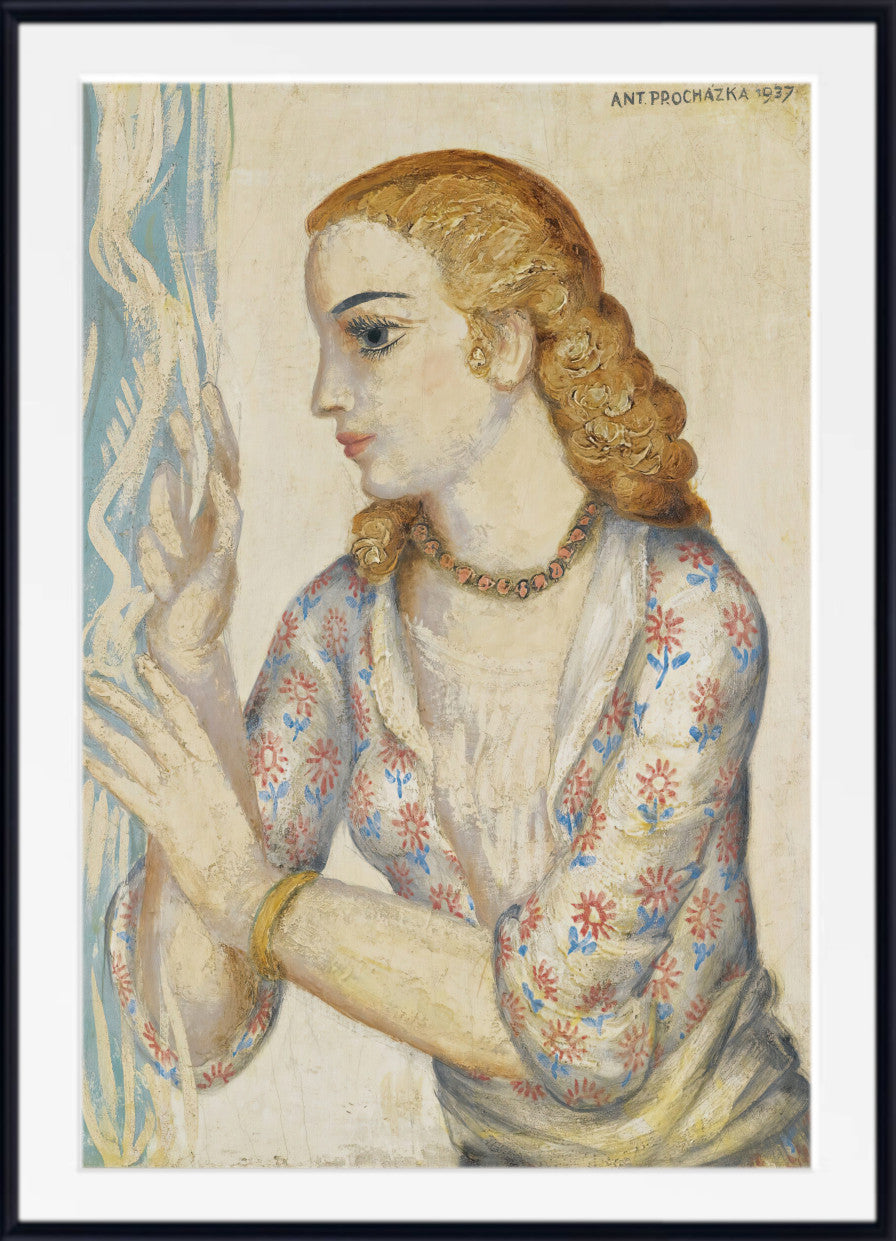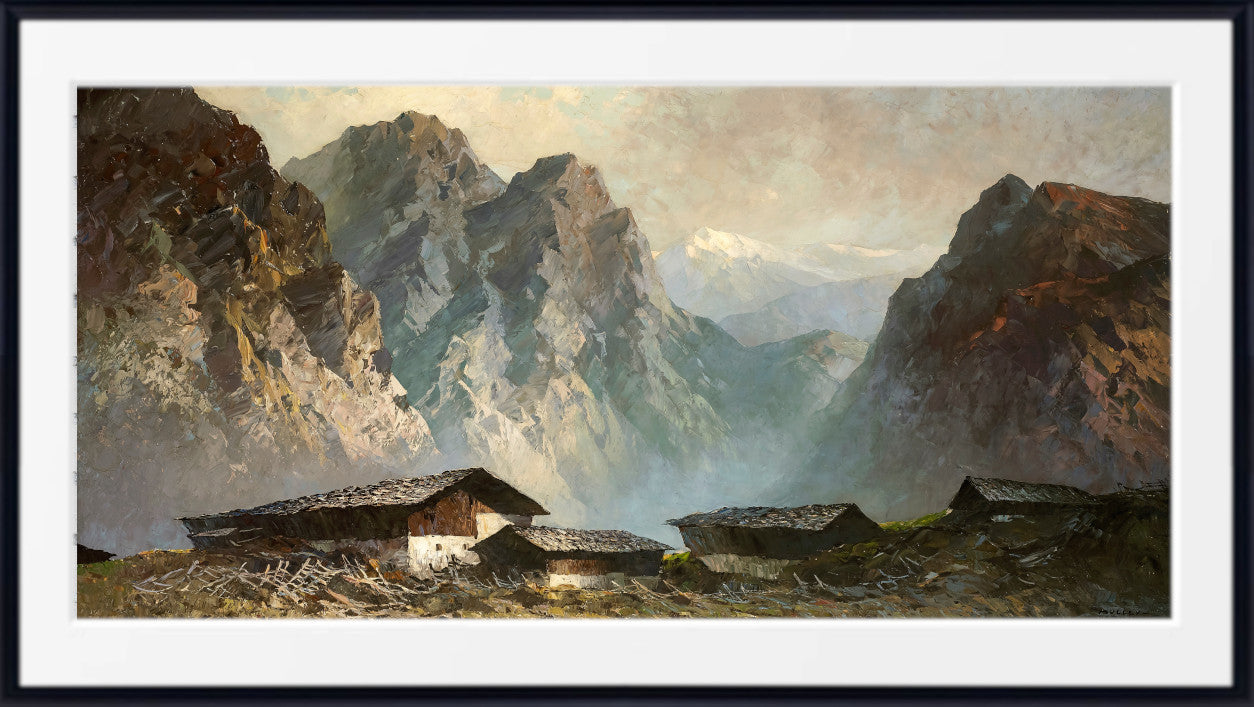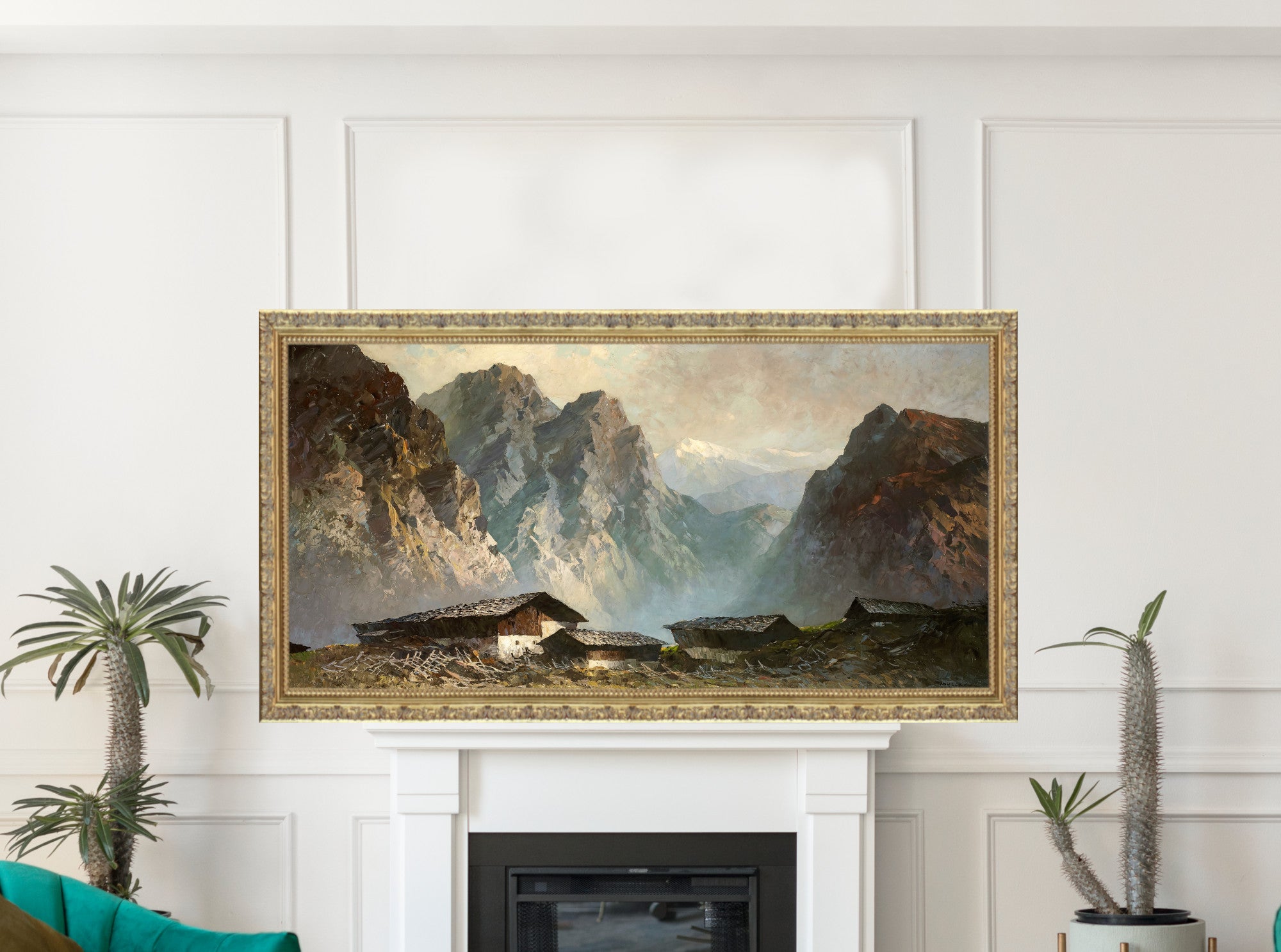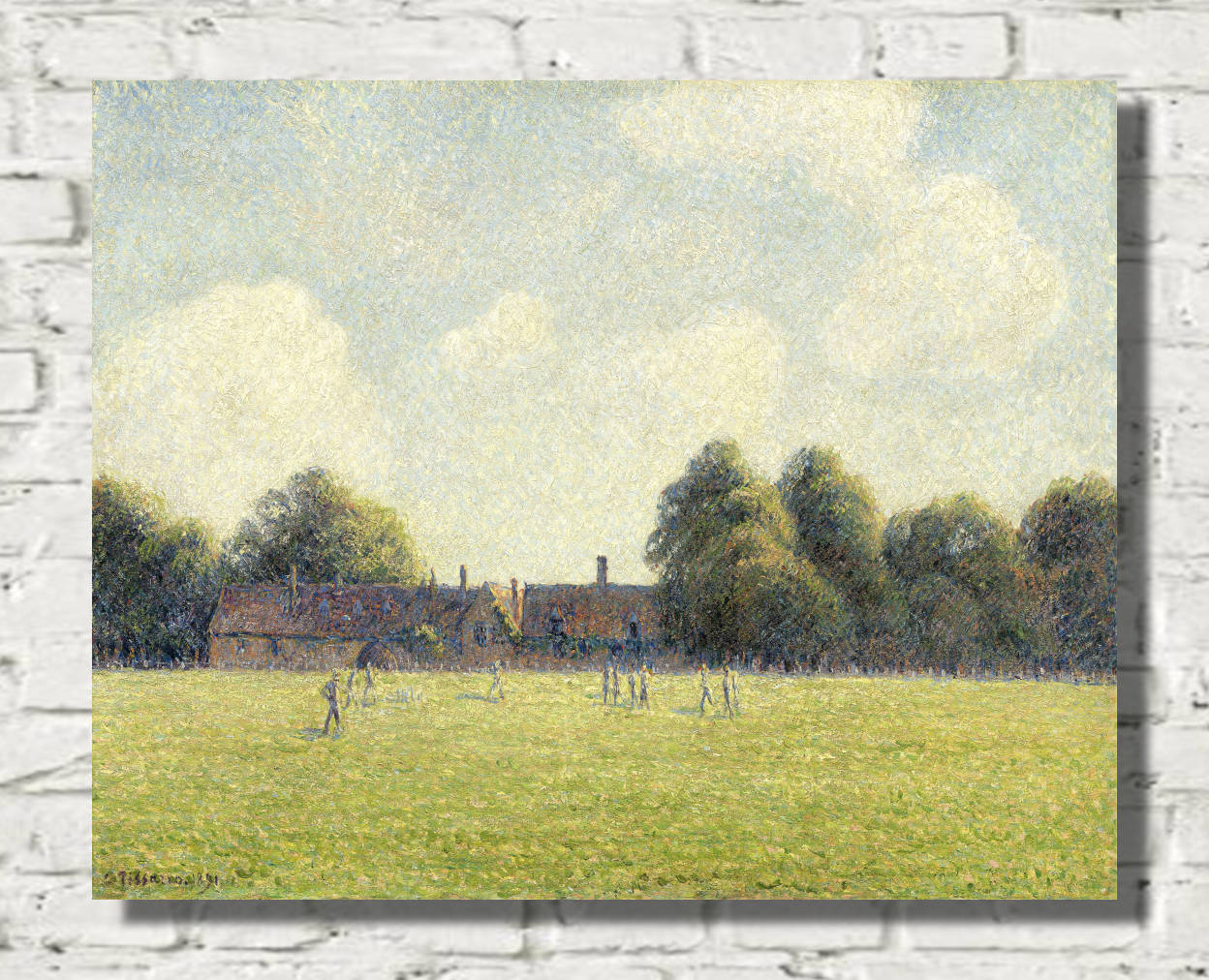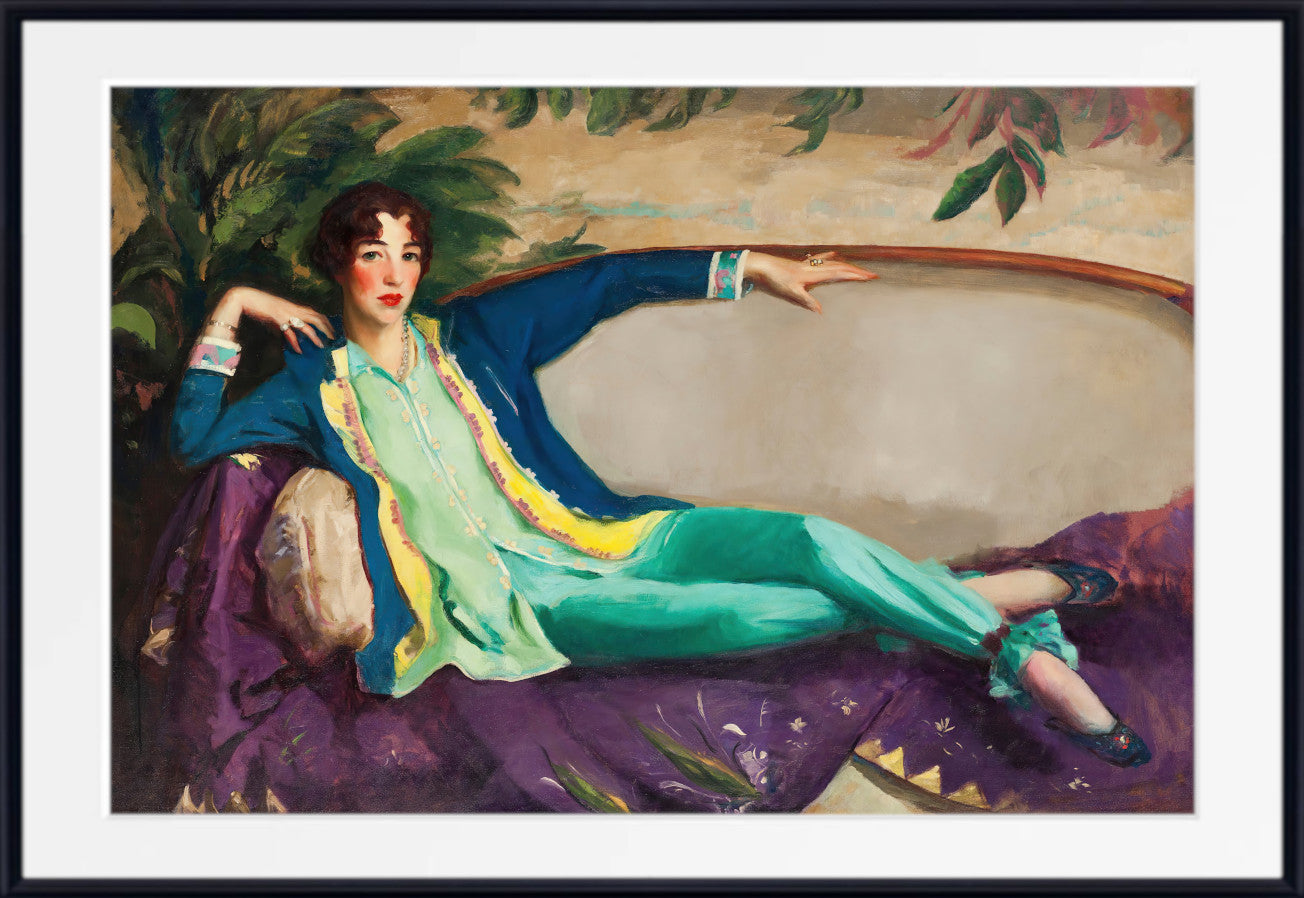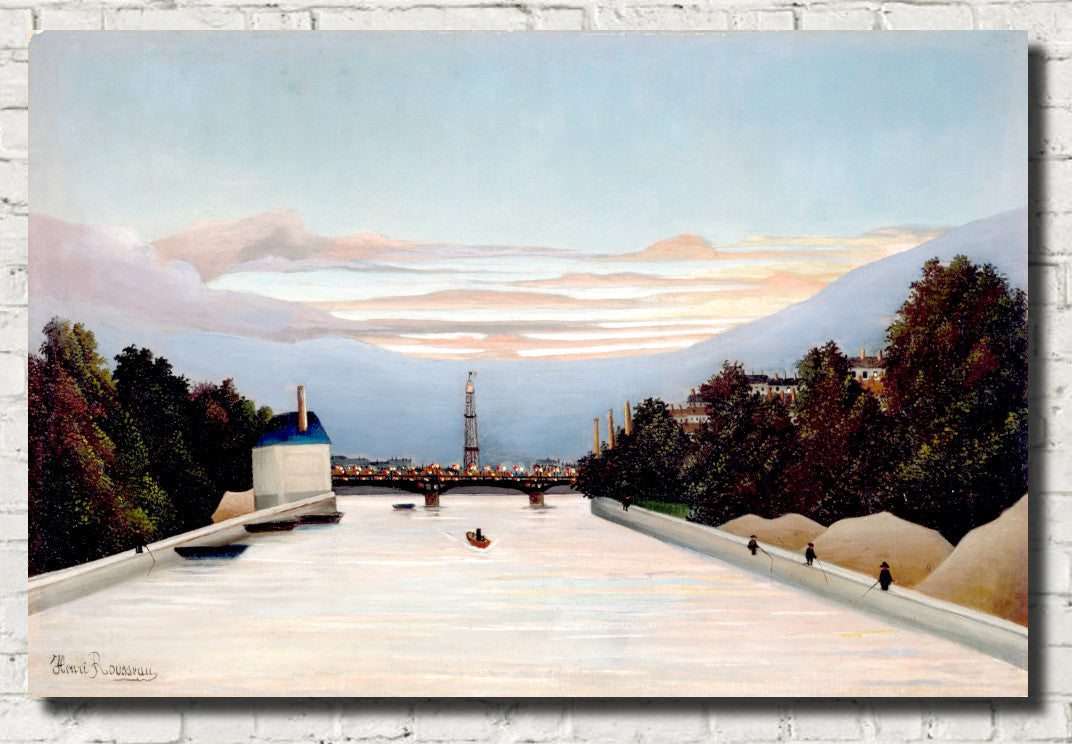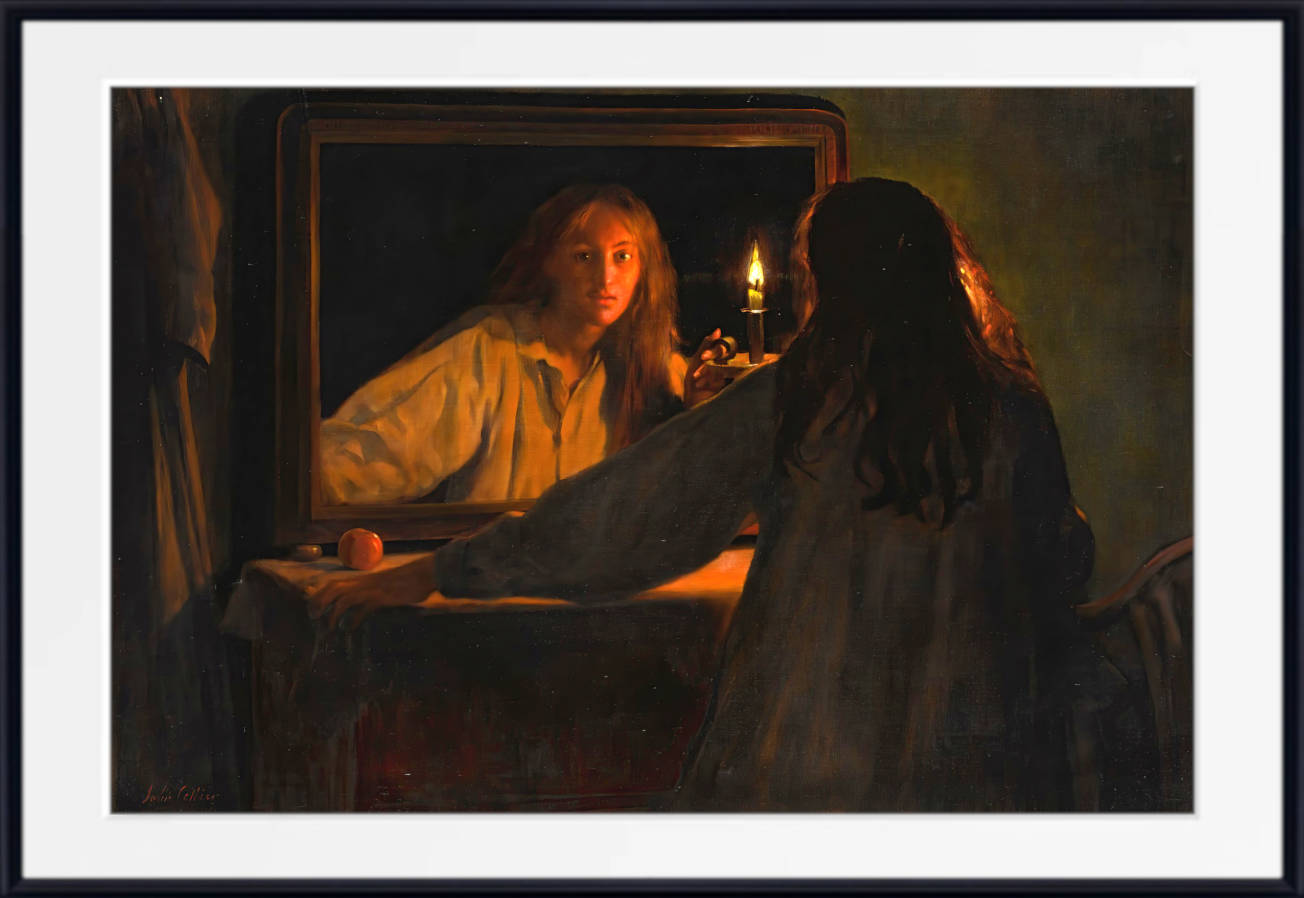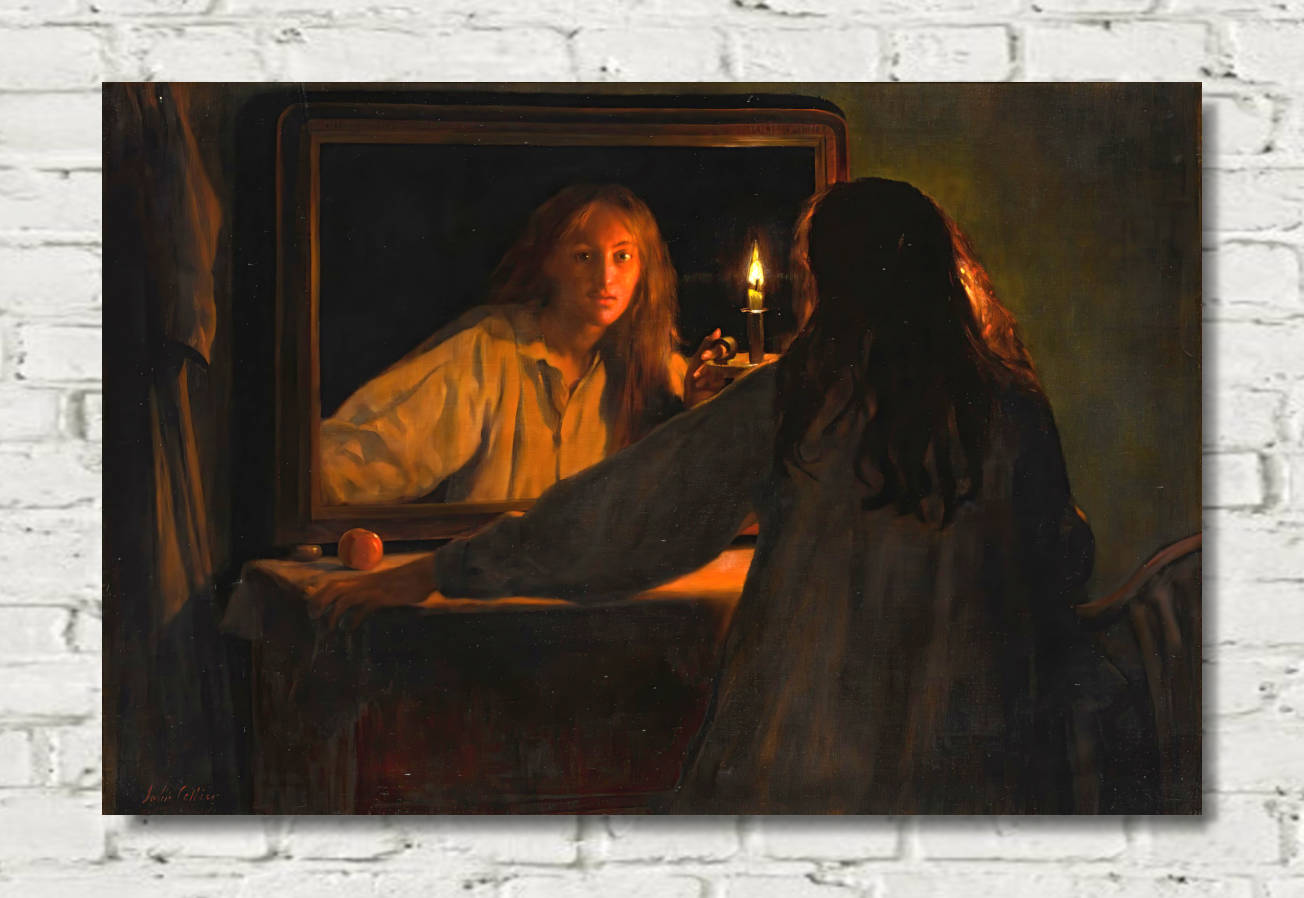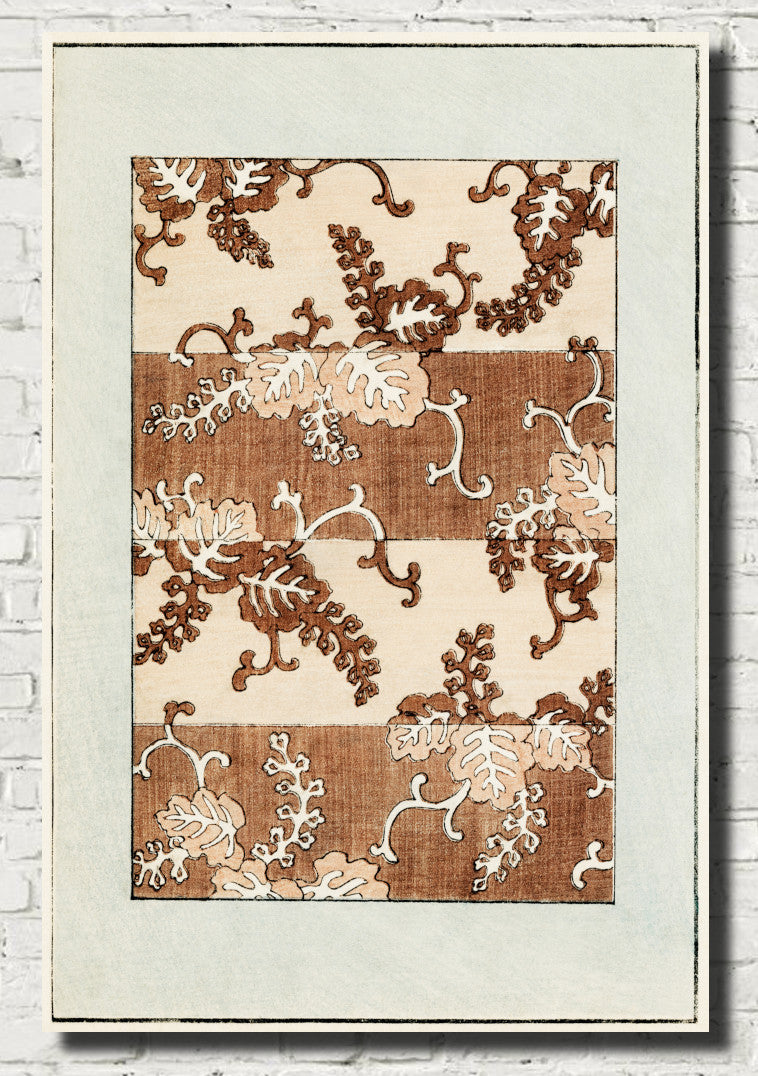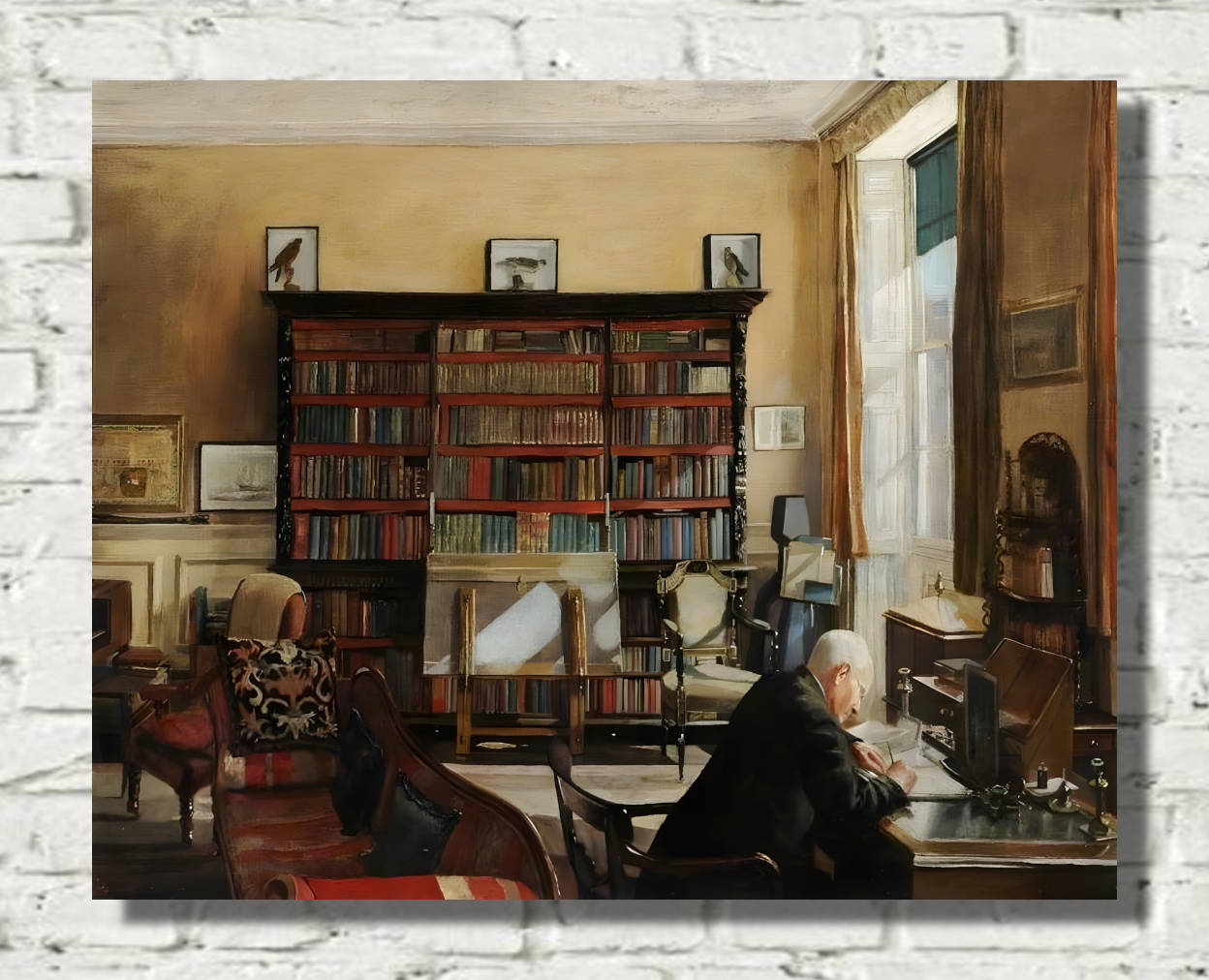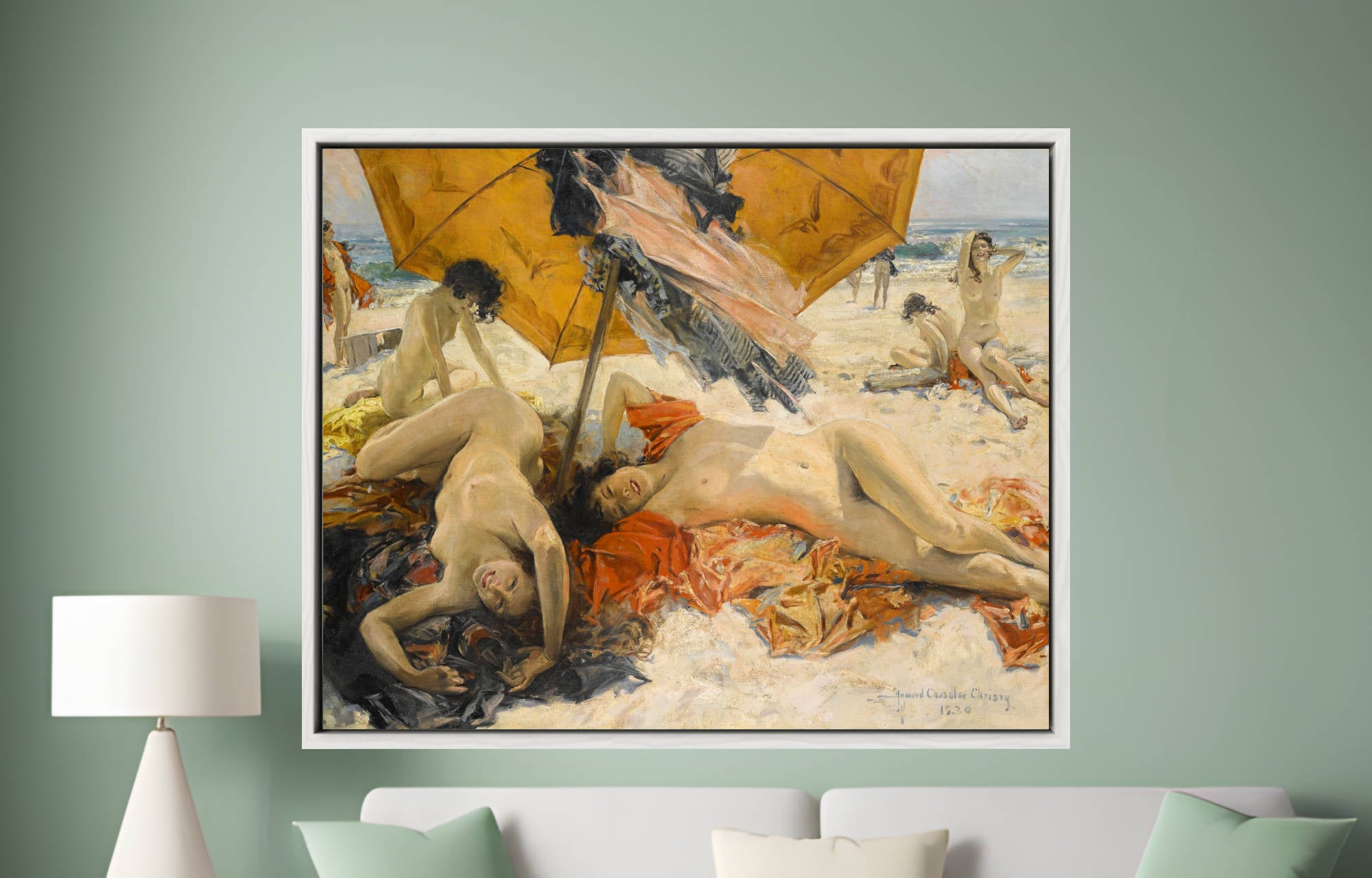John Singer Sargent Print, Lake O’Hara (1916)
John Singer Sargent Print, Lake O’Hara (1916)
Lake O’Hara (1916)
John Singer Sargent’s Lake O’Hara (1916) captures the serene grandeur of the Canadian Rockies, a departure from the grand society portraits for which Sargent was most renowned. Painted during one of Sargent’s many trips to the wilderness, the piece exemplifies his remarkable ability to convey natural beauty through fluid brushwork and light-filled compositions. Set in the remote and pristine landscape of Lake O’Hara in British Columbia, the painting reflects Sargent’s deep appreciation for nature and his mastery of plein air techniques.
In Lake O’Hara, Sargent uses vibrant hues and a loose, impressionistic style to depict the lake and surrounding mountains. The composition features a breathtaking view, with the tranquil waters of the lake reflecting the towering, jagged peaks. Sargent’s brushstrokes create a sense of immediacy and movement, capturing the play of light and shadow on the rocks and water. The foreground’s rocky textures and the smooth, glass-like surface of the lake contrast with the craggy mountains in the background, evoking a sense of both calm and majesty.
This painting is part of Sargent’s broader shift away from portraiture after 1907, when he turned his focus toward landscapes and watercolors, seeking respite from the social pressures of high-society commissions. Lake O’Hara exemplifies his more relaxed and expressive approach, allowing him to experiment with color and light in new ways. The painting captures not only the physical beauty of the landscape but also the artist’s emotional response to the wild, unspoiled environment.
In Lake O’Hara, Sargent melds his technical precision with an impressionistic sensitivity to nature, creating a work that celebrates the sublime beauty of the Canadian wilderness while showcasing his extraordinary skill as a landscape painter.
John Singer Sargent – The Artist
John Singer Sargent (January 12, 1856 – April 14, 1925) was an American expatriate artist, considered the “leading portrait painter of his generation” for his evocations of Edwardian-era luxury. He created roughly 900 oil paintings and more than 2,000 watercolors, as well as countless sketches and charcoal drawings. His oeuvre documents worldwide travel, from Venice to the Tyrol, Corfu, the Middle East, Montana, Maine, and Florida.
He was born in Florence to American parents, and trained in Paris before moving to London, living most of his life in Europe. He enjoyed international acclaim as a portrait painter. An early submission to the Paris Salon in the 1880s, his Portrait of Madame X, was intended to consolidate his position as a society painter in Paris, but instead resulted in scandal. During the next year following the scandal, Sargent departed for England where he continued a successful career as a portrait artist.
From the beginning, Sargent’s work is characterized by remarkable technical facility, particularly in his ability to draw with a brush, which in later years inspired admiration as well as criticism for a supposed superficiality. His commissioned works were consistent with the grand manner of portraiture, while his informal studies and landscape paintings displayed a familiarity with Impressionism. In later life Sargent expressed ambivalence about the restrictions of formal portrait work, and devoted much of his energy to mural painting and working en plein air. Art historians generally ignored artists who painted Royalty and “Society” – such as Sargent – until the late 20th century
All prints are made using archival art stocks and UV pigment inks to give up to 200 years life. Prints are sold unframed and unmounted.






